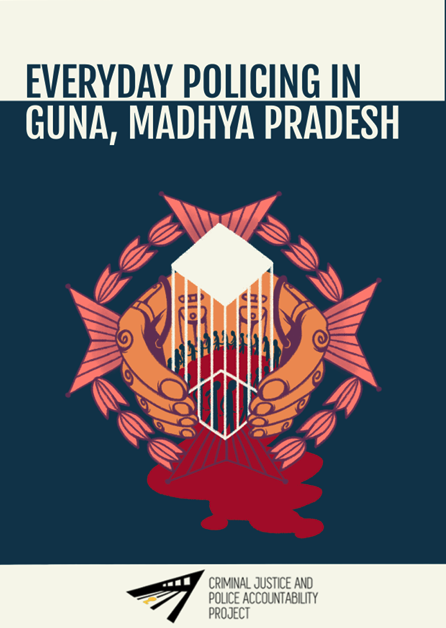Our report examines the narratives around ‘police efficiency’ and its everyday effects in Guna, Madhya Pradesh through police record of arrests. We evaluated the data of 20,705 arrest records published on the Madhya Pradesh Police’s website, from 2019-2024 across 18 police stations in the district. The data was disaggregated along 4 axes (year, police station, caste/community and offences charged with) to determine the trends of who was arrested, for what kind of offences and when these arrests occurred against the popular ideas of police functions and crime incidence.
The report illustrates that the bulk of policing resources in the district are disproportionately for low level offences, further burdening the judicial system. Marginalised communities are routinely treated as suspicious by their local police stations, marked out for the exercise of the law and control function of the police. While the study raises questions for how resource allocation and policing priorities in crime control are set, the consistent violation of procedural requirements paints a deeply worrisome picture of a public institution and the scope of accountability.

